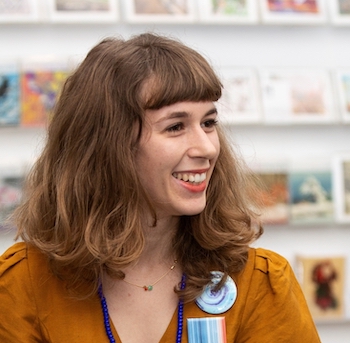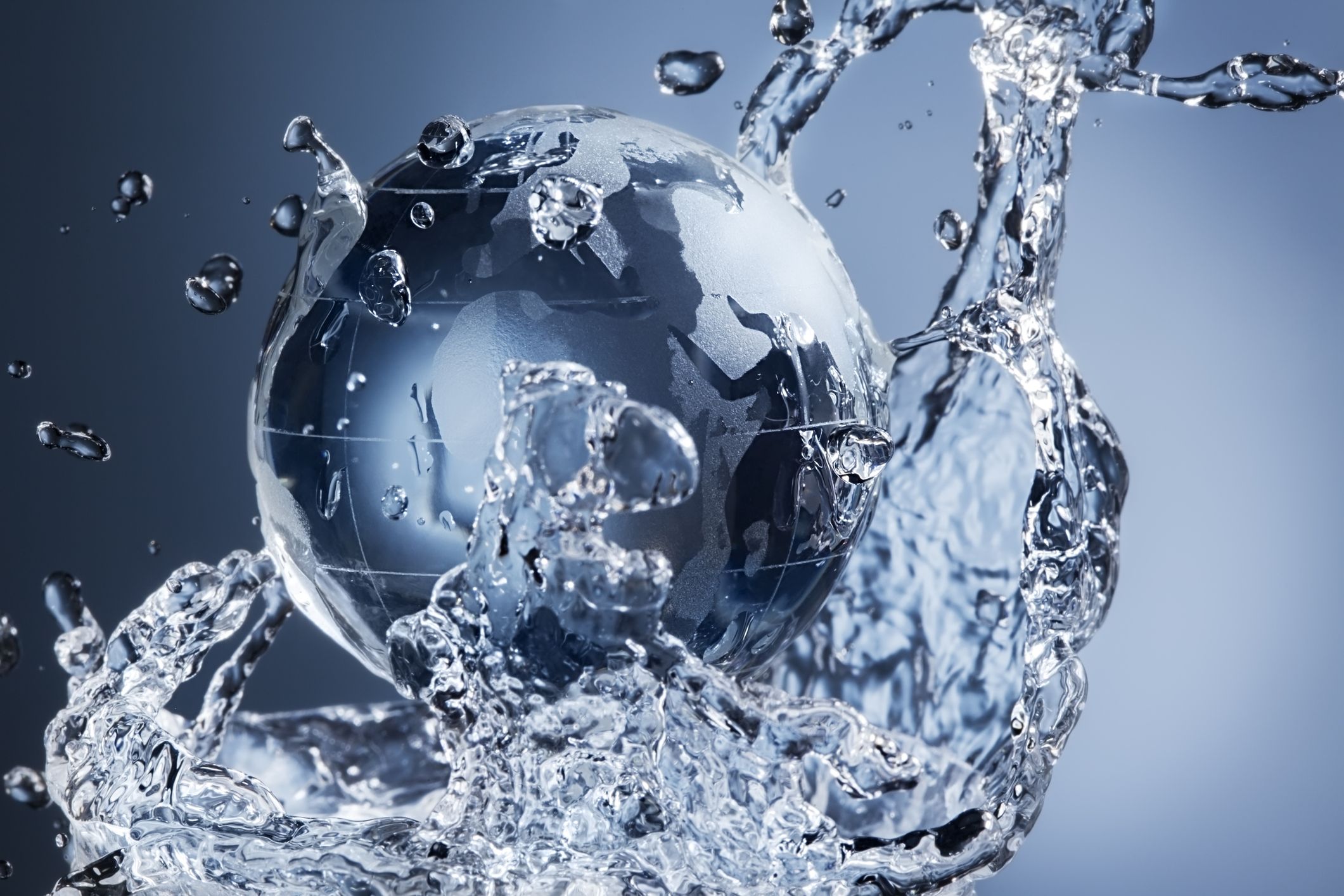A team of researchers from the University of Saskatchewan (USask), and others from around the world, is partnering with artists to launch a new online exhibit of art and science that aims to inspire and inform about water issues globally.
The Virtual Water Gallery (VWG)—a project led through the pan-Canadian Global Water Futures (GWF) program—launched April 29 and features more than a dozen artists. The goal of the project, which is free to the public, was to create a virtual space for artists, water experts, knowledge keepers, and the public to co-explore water challenges.
“Art puts us all on a more equal level. Everyone can appreciate art in one of its various forms, either paintings, music, poetry, etc.,” said Louise Arnal, USask post-doctoral fellow and lead curator of the VWG. “Only a very small proportion of the population can actually understand scientific facts and figures.”
“Art can also add an emotional dimension to otherwise cold scientific facts,” added Arnal. “This can in turn inspire and even instigate action. Art is such a powerful tool—it isn’t a coincidence that people say an image is worth a thousand words.”

Arnal, an artist and a scientist, said the opportunity to lead such a project was a perfect fit.
“During my PhD, I combined and created science-art pieces alone, and sometimes felt like I didn’t belong in scientist crowds,” said Arnal. “Working alongside so many inspiring and inspired artists and scientists as part of the Virtual Water Gallery has reassured me that I am not the only one with a passion for science and art.”
As part of this VWG project, 12 artists were paired with teams of GWF scientists to co-explore specific water challenges in various Canadian ecoregions and river basins, including the Arctic, the mountains, boreal forests, prairies, farmlands, lakes, rivers, and communities. These collaborations have led to the co-creation of science-art pieces exhibited online on the VWG.
The gallery draws on existing science and art collaborations that began about three years ago when GWF Director and USask Professor John Pomeroy partnered with U.K.-based artist Gennadiy Ivanov for a climate change water project called Transitions. Ivanov’s art is now part of the VWG along with artists and art groups such as The Men Who Paint (including USask Professor Ken Van Rees) and artists from the Matawa Water Futures project. The Matawa Water Futures project is a GWF project co-led by the Matawa First Nation and Wilfrid Laurier University.
“I get scared about the relentless torrent of information that surges us through our days in states of overwhelm, numbness, anger, or fear,” said Rebeka Ryvola, a creative strategist and artist who is collaborating with the Matawa Water Futures on the project. “I see within myself that life on this river of endless info is definitely one way that I lose touch with my lens of curiosity and wonder.”
“What reconnects me back is always art,” added Ryvola. “Creating it, yes, but experiencing the works of others through writing, films, music, and dance. Art as the messenger, therapist, friend for those of us grappling with climate impacts, or those who have yet to come on board, is our best chance.”
The Virtual Water Gallery is a science and art pilot project funded by Global Water Futures (GWF). GWF is a University of Saskatchewan-led research program that is funded in part by the Canada First Research Excellence Fund.
The Virtual Water Gallery can be found here. More information about the USask-led Global Water Futures Program can be found here.









